Spark arrester for a chimney: why is it needed, how to make it yourself and how to carry out installation?
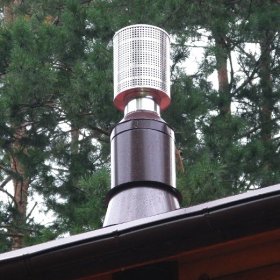
Sparks flying out of the chimney at night are a beautiful sight. True, this phenomenon may cost you a roof over your head. To protect the house, adjacent buildings and trees from fire, it is enough to install a suitable spark arrester in the chimney. It is made of a metal mesh over which a deflector cover is mounted. The design is simple but effective. In addition to the main function - increasing the fire safety of the heating system - a spark arrester protects the chimney from ingress of debris, birds and other living creatures. The spark arrester, made in the form of a deflector, prevents the blowing of fire by a strong wind or draft in gas boilers and increases draft in a solid fuel boiler, stove and fireplace.
What is a spark arrester and how does it work?
The spark damper is mounted on a straight chimney when the stoves are used to heat rooms and rooms to high temperatures. These include stoves and boilers that are installed in saunas and baths. The high temperature thrust contributes to the release of burning sparks from the chimney.
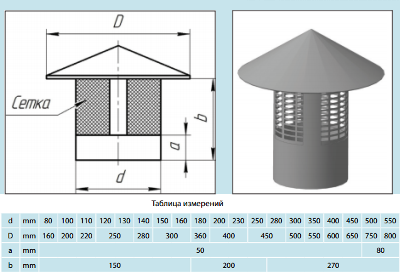
By its design, the spark arrester can be anything, the main thing is that it performs its function. The most popular are two options: a deflector, under which there is a mesh cylinder, and a cover, with a grid placed above it
The principle of operation of any spark arrestor is as follows:
- combustion products pass through a chimney through a pipe channel;
- at the outlet of the pipe, sparks collide with the walls of the upper glass (if we are talking about a Tsagi type deflector) or with a metal mesh and change the trajectory of movement;
- the sparks are extinguished on the metal mesh, the walls of the deflector or the plates installed in it.
A conventional Tsaga-type deflector is a structure that consists of a lower cylindrical and upper conical cup and an “umbrella” located above them. In advanced models, plates are installed in it. Each of them covers about a third of the circle (120 degrees) and is attached a few centimeters above the previous one.
If at the construction stage there is an opportunity, then instead of a spark arrester, you can make several chimney rotations in the pipe. The easiest way to do one or two elbows on the pipe. It reduces excessive traction, reduces the speed at which sparks fly out of the chimney, increases the passage of smoke and, therefore, heat transfer. If two knees are made on the pipe, then the gate is brewed between them.
The mesh spark arrestor is a mesh cylinder and a cone-shaped cover. When choosing or manufacturing such an option, it should be borne in mind that a grid with large cells will allow a small spark to pass through, which in dry weather can easily cause a fire. A too small cell interferes with good traction and is quickly clogged with soot, especially if tar trees are used as fuel.
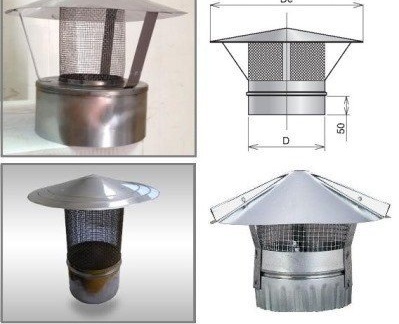
The optimal mesh size for the mesh spark arrestor is from one to five millimeters. With a smaller size, it will quickly grow into soot, and with a larger one it will not fulfill its function
The procedure for manufacturing a spark arrester and its installation
In order to make a spherical spark arrestor on a chimney with your own hands The following materials and tools will be needed:
- a sheet of metal (stainless steel or aluminozinc) with a thickness of 0.5 to 1 millimeter;
- bars of metal with a diameter of 1-6 mm or a piece of metal mesh;
- steel rivets (aluminum will not allow reliable fixation of parts);
- pencil;
- scissors for metal;
- ruler;
- Bulgarian;
- clamps;
- welding machine.
First of all, you need to decide on the sketch of the device and make drawings. We select the diameter of the lower pipe so that it fits tightly into the chimney. In parallel to each other, we place metal rods on which we put the grid. We seize the joint by welding. We tighten the pipe with the resulting mesh plate, weld the edges after bending. A visor can be additionally cut from a sheet of metal and welded to the ends of the rods.
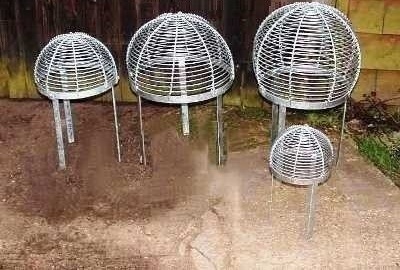
It is easy to make such a spark arrestor yourself; the main thing is to make the correct drawing. If there are no welder skills, it doesn’t matter, you can replace welding with bolting or self-tapping screws
Welding joints must be cleaned with a grinder. In some places, rivets can be used instead of welding. If the roofing material is a highly flammable material, it is imperative to attach a plate on which sparks will fall.
In order to avoid problems during the installation of the spark arrester, the diameter of the inlet pipe is selected in accordance with the dimensions of the chimney. The easiest option - the spark arrester tube is inserted very tightly into the chimney. It can also be fastened with screws or bolts. Welding cannot be used, since most designs require periodic carbon black cleaning.
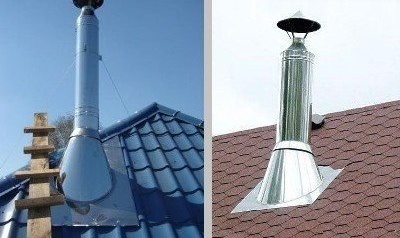
The spark arrestor is not only protection of the house and the site from fires, but also an element of decor. You can make a decoration on the roof in the same style with a weather vane and gutters
The spark arrestor is a simple device that reliably protects buildings from a fire. There are many design options. The choice must be made taking into account the type of fuel and traction. Mesh spark arrestor, clogged with soot, can reduce traction, but the type of Tsaga deflector, on the contrary, will strengthen it.
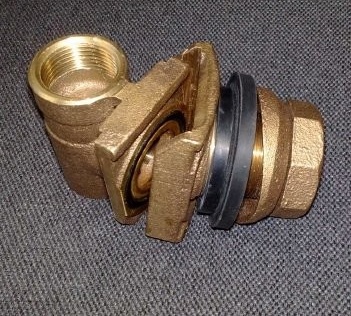
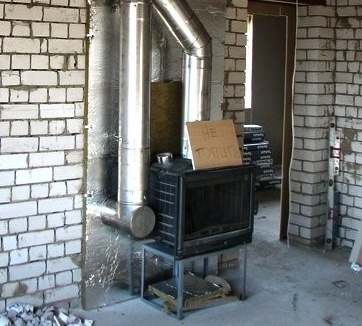

1 comment